In this article, we’re taking a look at the Intel Core i5-1035G1 processor, the mid-range CPU in Intel’s IceLake platform designed to power most mid to high-tier ultrabooks throughout 2020.
IceLake is Intel’s first 10 nm low-voltage platform for thin-and-light multipurpose notebooks.
However, Ice Lake processors are available side-by-side with 14nm Comet Lake processors, and both are called 10th gen platforms, that’s why choosing the right option for your needs and budget can get confusing.
We’ll explain the differences between the Core i5-1035G1 (Ice Lake) and Core i5-10210U (Comet Lake) below, as well as how these two 10th gen processors fair against previous platforms, namely the Whiskey Lake Core i5-8265U and the AMD Ryzen 5 3500U. We’ll also touch on all the Core i7 options in a separate article.
Before we get to talk about the performance and particularities, let’s go through this summarized specs sheet.
| Core i5-1035G1 (Ark) |
Core i5-10210U (Ark) |
Core i5-8265U (Ark) |
Ryzen 5 3500U (Ark) |
|
| Build process | 10 nm | 14+++ nm | 14++ nm | 12 nm |
| Generation | Ice Lake | Comet Lake | Whiskey Lake | Picasso |
| Standard TDP | 15 W | 15 W | 15 W | 15 W |
| Configurable TDP | 13-25 W | 10-25 W | 10-25 W | 12-35 W |
| Cores/Threads | 4/8 | 4/8 | 4/8 | 4/8 |
| CPU Base Frequency | 1.0 GHz | 1.6 GHz | 1.6 GHz | 2.1 GHz |
| CPU Max Turbo 1 Core | 3.6 GHz | 4.2 GHz | 3.9 GHz | 3.7 GHz |
| CPU Max Turbo 2 Cores | 3.6 GHz | 4.2 GHz | 3.9 GHz | 3.7 GHz |
| CPU Max Turbo 4 Core | 3.3 GHz | 3.9 GHz | 3.7 GHz | 3.7 GHz |
| Cache | 6 MB | 6 MB | 6 MB | 4 MB |
| Max Memory |
64 GB | 64 GB | 32 GB | 32 GB |
| Memory Type |
DDR4 3200 MHz, LPDDR4X 3733 MHz |
DDR4 2666 MHz, LPDDR3 2133 MHz |
DDR4 2400 MHz, LPDDR3 2133 MHz |
DDR4 2400 MHz |
| Graphics | Intel UHD G1, 32 EU | Intel UHD, 24 EU | Intel UHD 620, 24 EU | Radeon Vega 8 |
| Graphics Speed | 300 – 1050 MHz | 300 – 1100 MHz | 300 – 1100 MHz | 300 – 1200 MHz |
| PCIe lanes | 32 | 16 | 16 | 12 |
There are a few main things you should take out of these specs lists:
- Compared to the 14 nm Intel processors, the Ice Lake Core i5-1035G1 is clocked lower and boosts to a lower Max Turbo frequency. That will translate in a slight performance loss in CPU demanding loads.
- Ice Lake improves memory support, with the ability to use faster DDR4 RAM and especially the highly efficient LPDDR4X chips. This mostly compensates for the previous point.
- The Ice Lake i5 gets faster Gen 11 graphics, with 33% extra Execution Units in this G1 iteration, as well as various improvements over the Gen 9 graphics on the Comet/Whiskey Lake CPUs.
- There’s more than meets the eye about the IceLake platform, including baked-in support for Thunderbolt 3 and wireless AX, so if you’re interested in a detailed analysis of the IceLake platform and Project Athena, this one on Anandtech is an excellent read.
- The comparison to the Ryzen chips is a bit more difficult based on just specs, due to the differences in hardware design. We’ll let the benchmarks results speak for those.
Before we proceed it’s important to understand that manufacturers are able to tweak the power allowances for each notebook. With the i5-1035G1, the PL1 limit can vary between 13 and 25 W, and higher power implementations will be able to run at higher frequencies, thus perform better in demanding CPU loads.
However, most 13/14 inch ultrabooks will get the standard 15W i5-1035G1, and that’s what we’ve used in our tests as well. The results in this article are based on the 14-inch Acer Aspire Swift 3 SF314-57, configured with the Core i5-1035G1 processor, 8 GB of LPDDR4 memory and 512 GB PCIe x2 SSD storage, a mid-range ultraportable with standard hardware/thermal designs. I expect higher tier implementations to score slightly better in some tests, while the 25W variants that will make their way inside some of the 15-inch notebooks will score even higher.
Here are a handful of CPU benchmarks results:
| CPU Benchmarks | i5-1035G1 | i5-1035G1 UV | i5-10210U | i5-8265U | Ryzen 5 3500U |
| Cinebench R15 CPU | 541 cb | 618 cb | 678 cb | 583 cb | 539 cb |
| Cinebench R15 CPU – Single Core | 166 cb | 170 cb | 172 cb | 151 cb | 127 cb |
| Cinebench R20 CPU | 1210 cb | 1320 cb | – | 1257 cb | 1309 cb |
| Geekbench 4 – Multi Core | 15615 | 16270 | 15199 | 12318 | 11065 |
| Geekbench 4 – Single Core | 5178 | 5092 | 4892 | 4264 | 3592 |
| Geekbench 5 – Multi Core | 3485 | 3810 | – | 3117 | 2888 |
| Passmark – CPU test | 10287 | 10598 | – | 8240 | 8200 |
| x264 HD Benchmark 4.0 – Pass 2 | 29.82 fps | 31.28 fps | 33.41 fps | 31.9 fps | 39.2 fps |
| x264 HD Benchmark 4.0 – Pass 1 | 142.39 fps | 149.78 fps | 149.1 fps | 150.1 fps | 134.8 fps |
| x265 HD Benchmark | 109.26 fps | 96.88 fps | – fps | – fps | 95.85 |
| 3DMark – FireStrike Physics | 8315 | 8723 | 8485 | 9026 | 8236 |
| 3DMark 11 – Physics | 6238 | 6884 | 6789 | 6423 | 6360 |
- i5-1035G1 results based on Acer Swift 3 SF314-57 with 8 GB of LPDDR4X-3733 RAM, 512 GB PCIe X2 SSD;
- i5-1035G1 UV results based on same unit, but with the CPU undervolted at -100 mV (explained here);
- i5-10210U results based on Shenker Slim 15 with 16 GB of DDR4-2666 RAM, 500 GB PCIe X2 SSD;
- i5-8265U results based on Lenovo ThinkBook 13s with 8 GB of DDR4-2666 RAM, 256 GB PCIe X2 SSD;
- Ryzen 5 3500U results based on Lenovo IdeaPad S540 with 8 GB of DDR4-2400 RAM, 512 GB PCIe X4 SSD;
Overall the i5-1035G1 fares well against the other options. It looses to the higher clocked Comet Lake i5-10210U in some of the tests, but comes on top in others due to the faster memory.
Like with most modern processors, the performance drops with longer loads, as you can see from the Cinebench loop test illustrated below. The CPU kicks in hard for the first runs, and then settles at lower frequencies once the heat builds up. This test also shows that undervolting helps a fair bit with this sort of demanding loads.
As for the GPU results, here’s what we got:
| GPU Benchmarks | i5-1035G1 | i5-10210U | i5-8265U | Ryzen 5 3500U | Nvidia MX250 |
| 3DMark 11 Graphics | 2546 | – | 1500 | 3942 | 4446 |
| 3DMark – Time Spy Graphics | 466 | – | 359 | 766 | 1090 |
| 3DMark – Fire Strike Graphics | 1748 | 1280 | 1082 | 2228 | 3623 |
| Passmark – 3D Graphics Mark | 1674 | – | 1066 | 1767 | 2822 |
| Uniengine Superposition – 1080p Medium | 2988 | – | – | – | 2165 |
I’ve also thrown in Nvidia MX250 results, for comparison. While we don’t have the results to fill in all the blanks, it’s obvious that the UHD G1 iGPU is faster than the older UHD 620 iGPU in the Comet and Whiskey Lake i5s. At the same time, though, it trails the Radeon Vega 8 in the AMD APUs and the builds with dedicated MX250 graphics. That’s why you should not expect to comfortably game on a basic Core i5-1035G1 configuration (our detailed review of the Acer Swift 14 SF314-57 further looks into gaming performance in several titles).
However, it’s important to mention that Intel also offers beefed-up SKUs of the IceLake Core i5s, the Core i5-1035G4 (48 EUs) and Core i5-1035G7 (64 EUs), which will perform better in GPU loads and games. However, based on what I’m seeing right now, I don’t expect much love for these processors. You can find them in devices like the Lenogo Yoga 740 or the Surface Laptop 3 13, but most OEMs opt to implement the Core i7-1065G7 processor with faster clocks, more cache and the 64 EU UHD graphics as the higher-tier option, while keeping the i5-1035G1 as the mid-level configuration.
This pretty much wraps-up our initial overview of the Intel Core i5-1035G1 processor. In few words, this CPU offers a slightly more balanced platform for mid-level ultrabooks than the previous Intel Whiskey and Comet Lake hardware platforms, with good CPU performance for daily multitasking and casual use, as well as improved GPU performance for older or simpler games. It’s not a ground-breaking update, but it’s a fine mid-ranger for the average user.
However, those interested in improved multitasking and high-load performance should rather look at the available Comet Lake six-core Core i7-10710U builds, while those interested in fair gaming performance on an ultrabook should opt for the higher-tier i7-1065G7 options, or better yet some of the MX250 powered variants out there. Finally, AMD Ryzen 5/7 and next-gen Renoir-based Athlon platforms are definitely not something you should look past, especially if you’re shopping in a lower budget.

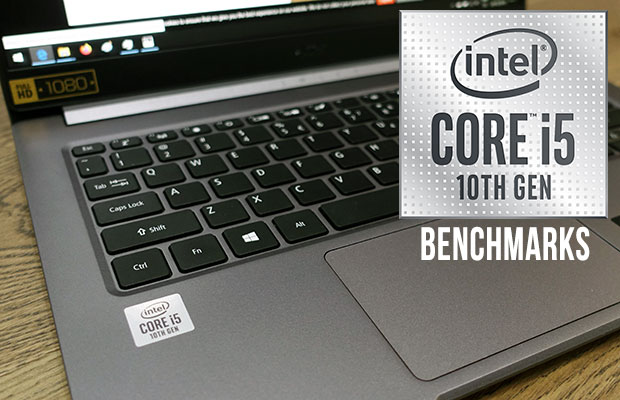
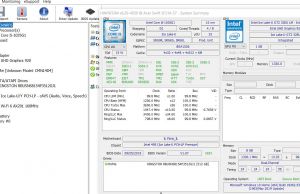
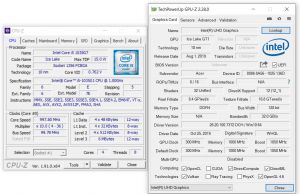
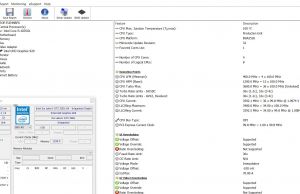
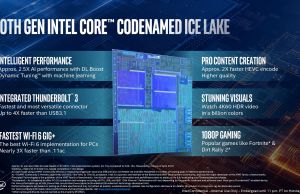
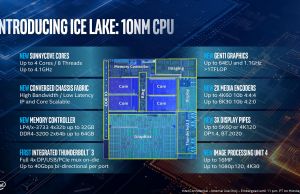
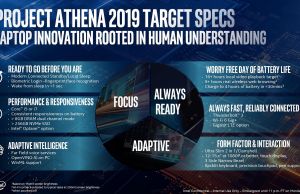
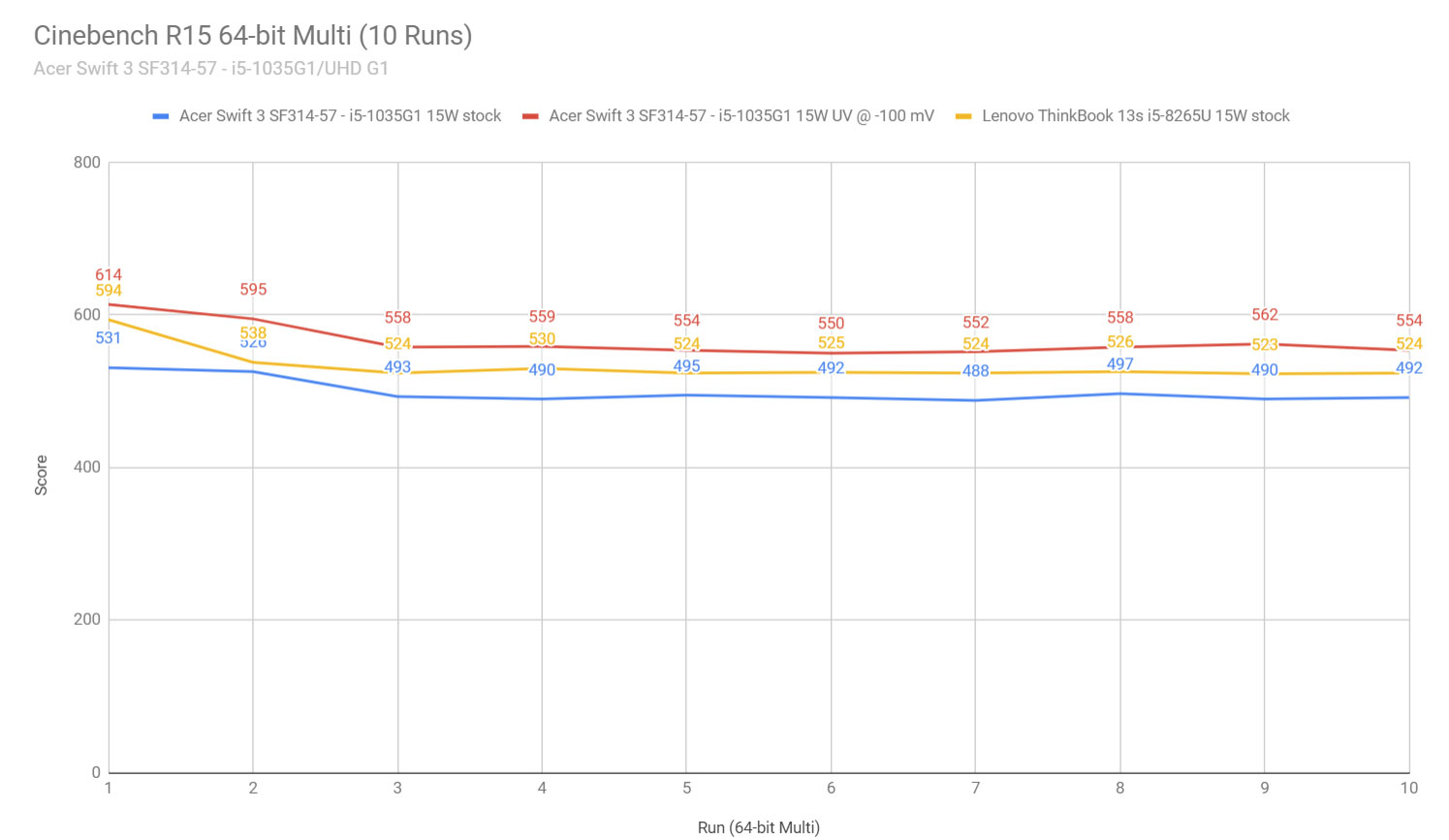

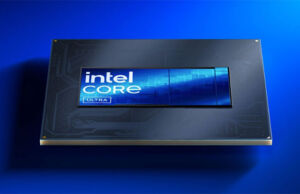
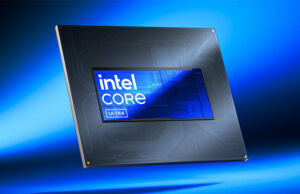

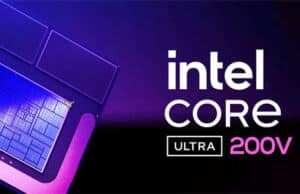
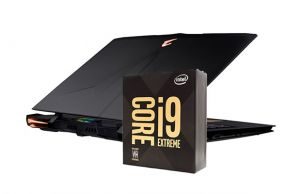
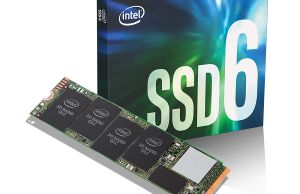




Claudio Lott
April 24, 2020 at 11:20 am
Why i5-1035G1 UV scores higher than i5-1035G1? :/
Andrei Girbea
April 24, 2020 at 11:41 am
UV allows the CPU to run at higher clocks for longer.
Claudio
April 24, 2020 at 12:01 pm
Ah ok, thank you!
I noticed that the middle range of consumer notebooks (Asus VivoBook, Dell Inspiron, HP Pavillon) has abandoned the old 2019 product line with the i5-8265u / i7-8565u on board in favor of the new i5-1035g1 / i7-1065g7 at 10nm .
For the first time in the history of computer science, we would therefore have new models which, in terms of cpu computing power, are inferior to the old ones, right?
Wouldn't it have been more correct to update them to their direct successors i5-10210u vs i7-10510u?
Andrei Girbea
April 24, 2020 at 12:09 pm
Well, this article is based on the date we had at that time. Sure, an i7-10510U update would make sense, it's on the to do list, but we're a small team and doing the best we can here with all the reviews, updates, etc.
Claudio
April 24, 2020 at 12:15 pm
Maybe I did not say it clear enough.
My note / reflection was about the new 10nm processors compared to the older generation.
Your work is excellent and thank you.
Andrei Girbea
April 24, 2020 at 12:19 pm
But not everyone is moving to IceLake, some units are still available with Comet Lake, 10210U/10710U. So you pretty much have two generations side by side, each with their own traits.
IceLake is mostly included in higher-tier products and offers mid-range CPU performance, but with faster integrated graphics and memory.
Comet Lake gets in mid and lower-tier laptops, but is usually backed up by some sort of GPU, such as MX250/MX330/MX250.
Up to you to pick the platform that best suits your needs and budget.
I agree a comparison between CometLake and IceLake is needed, but we haven't tested that many IceLake laptops, so I'd advise to look on Notebookcheck for that, at least until we post our own article (which won't happen very soon)
Nicholas Chapman
June 5, 2020 at 12:31 am
I know you are a small team, but getting some Ryzen Mobile 4000 representation in here would be great!
Andrei Girbea
June 5, 2020 at 10:39 am
Thanks for the suggestion. We've covered Ryzen 4000 in others articles, but as for right now, we haven't properly tested a Ryzen 5 4500U configuration ourselves, they're not yet available here. Will try to update once we do.
JohnIL
July 4, 2020 at 6:11 pm
Intel has worked with OEM's to push turbo mode longer and allow for higher thermal limits. So now we have hot notebooks clocking up longer but reaching that 100c temp on all 4 cores. This to me is a terrible design to gain a bit more over all speed. The lower base clocks are there to try and keep things cool when not under heavy loads. Its a balancing act that I am not comfortable with. My Inspiron 5593 has the Core i5 1035G1 and even during heavy web browser use it can get very warm and fan continuously runs sometimes maxed out. My temps measure around 85c plus on all four cores with peaks at 100c. Sorry, but this is playing with durability of the CPU and GPU running at those temps a lot. I think the cooling solutions are not up to par to address the heat issues with Intel's multi core designs. When U series CPU's run hot, there is a problem.